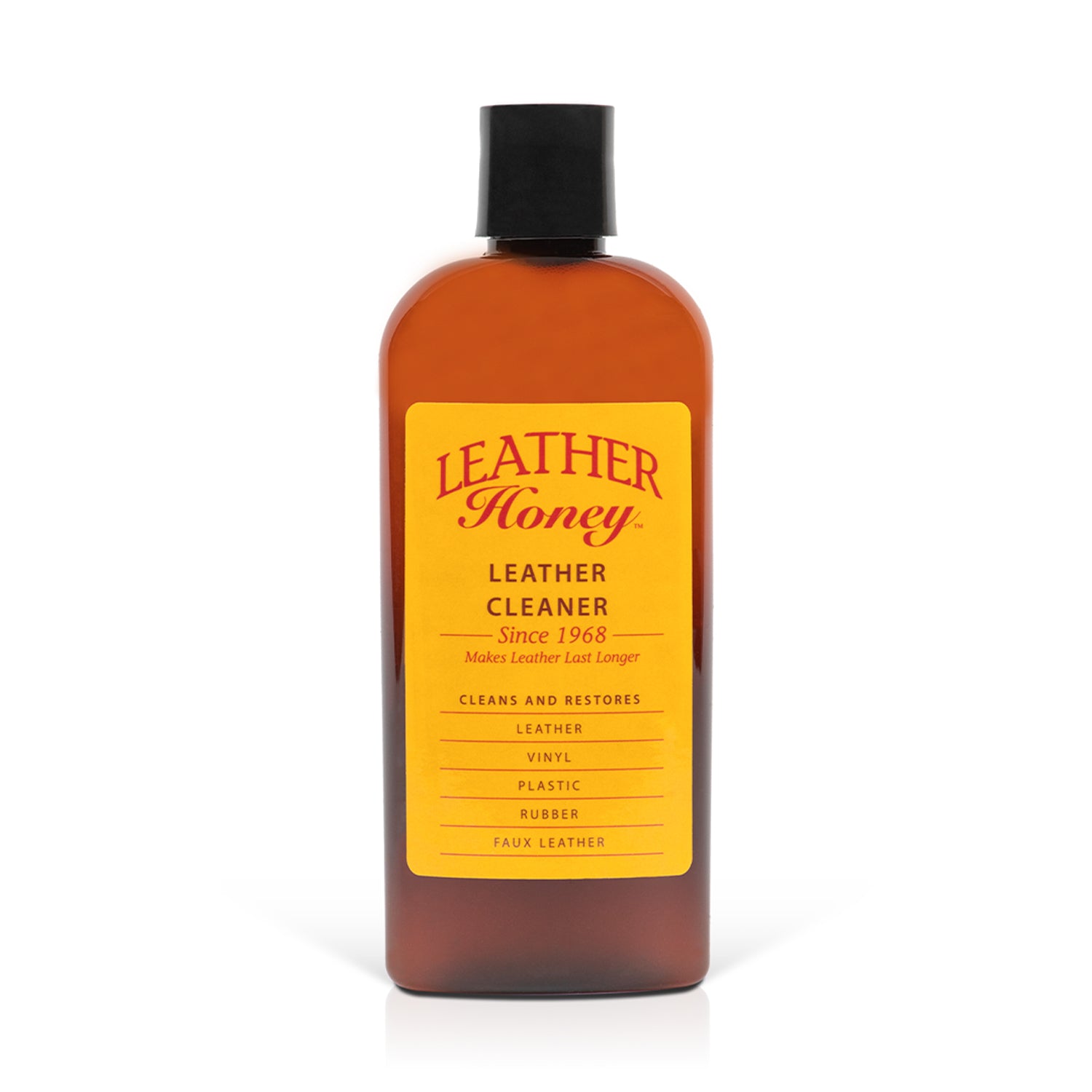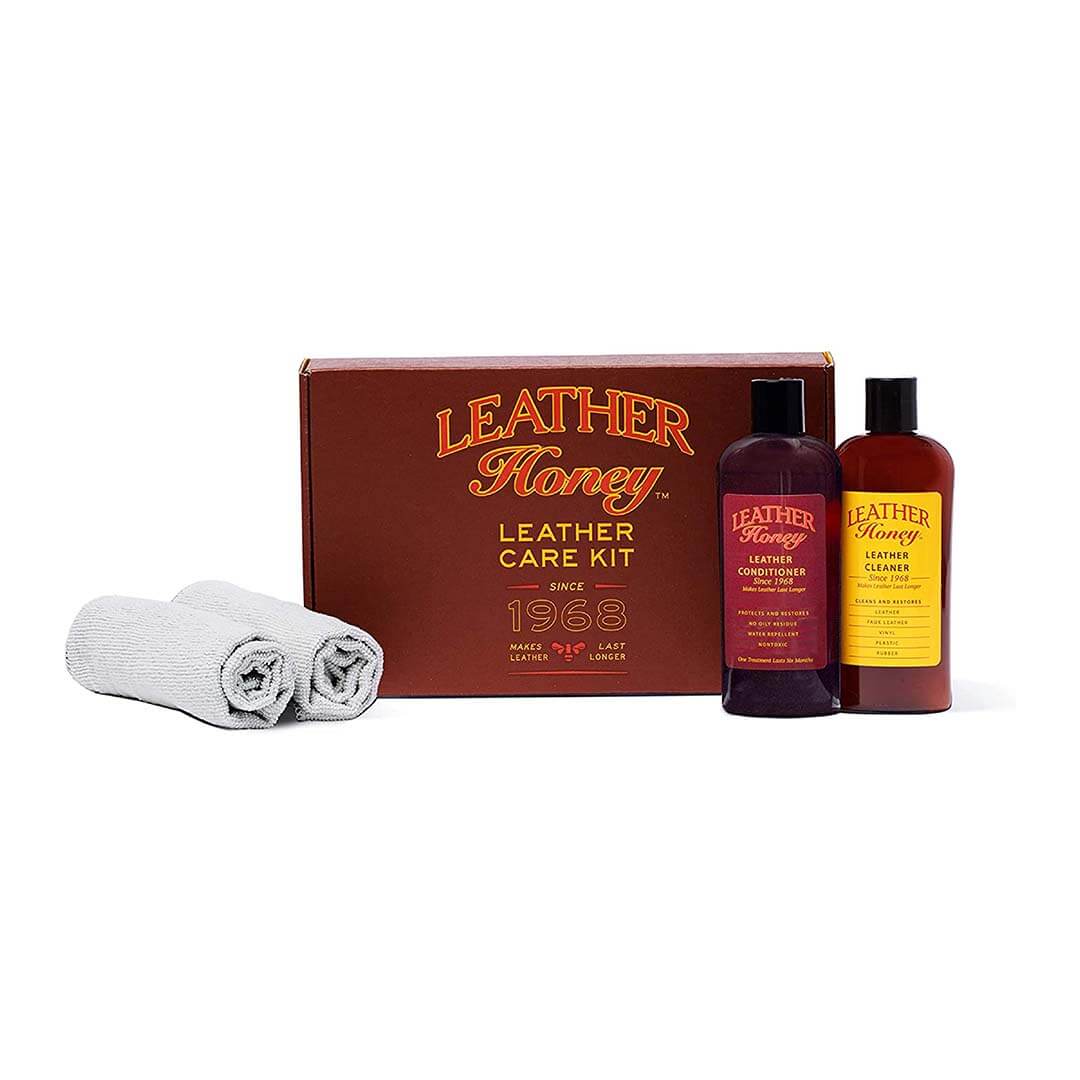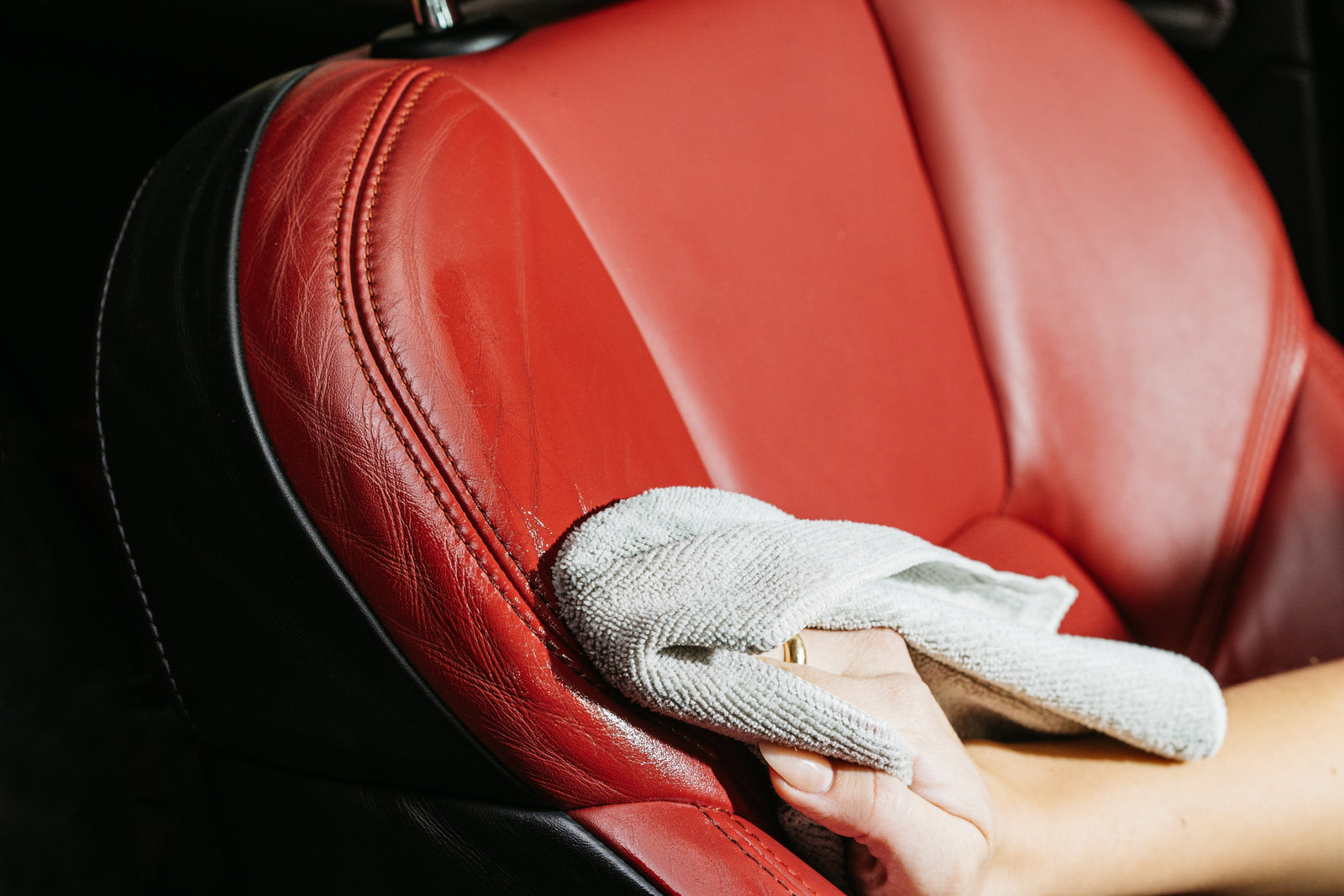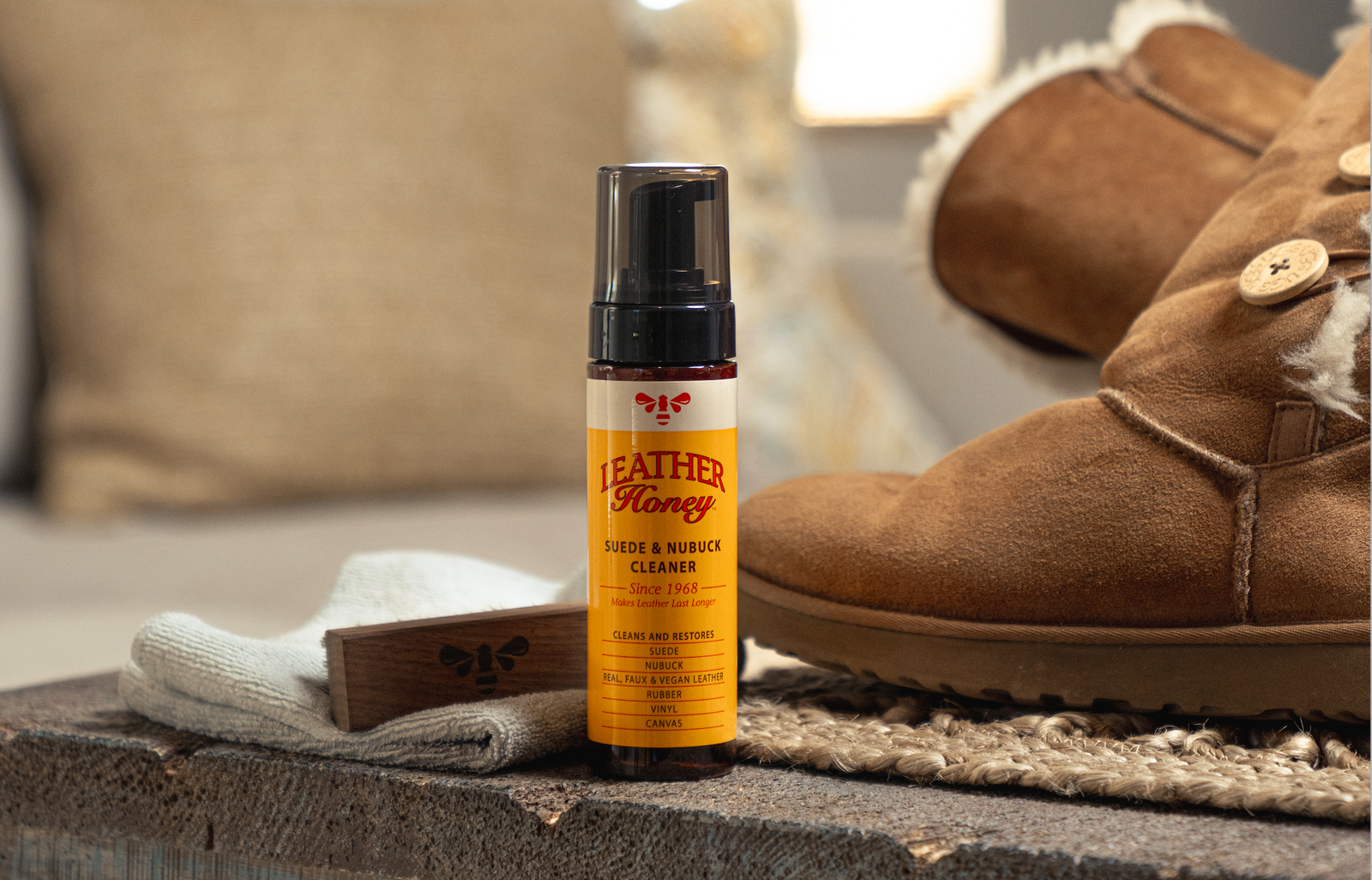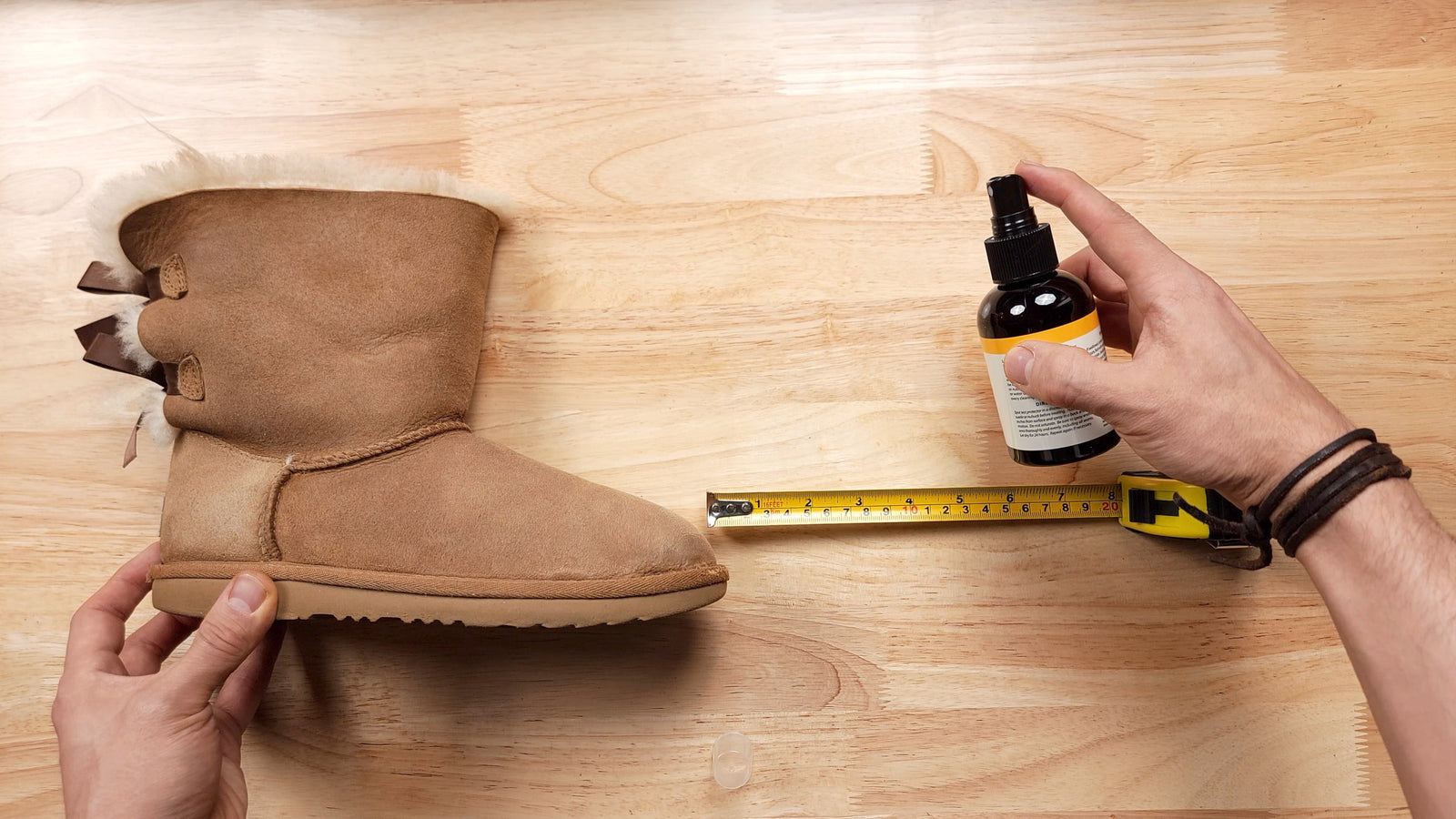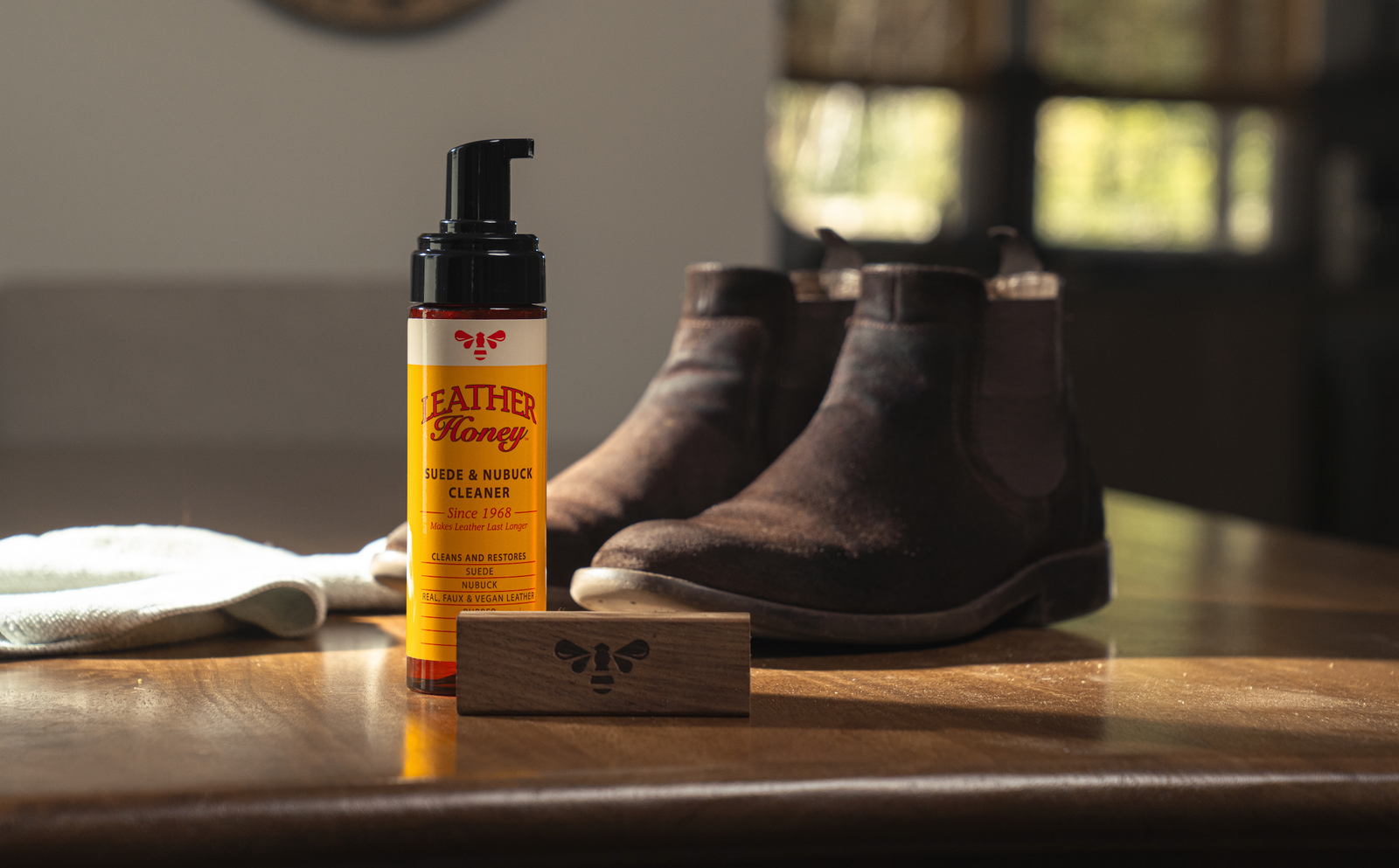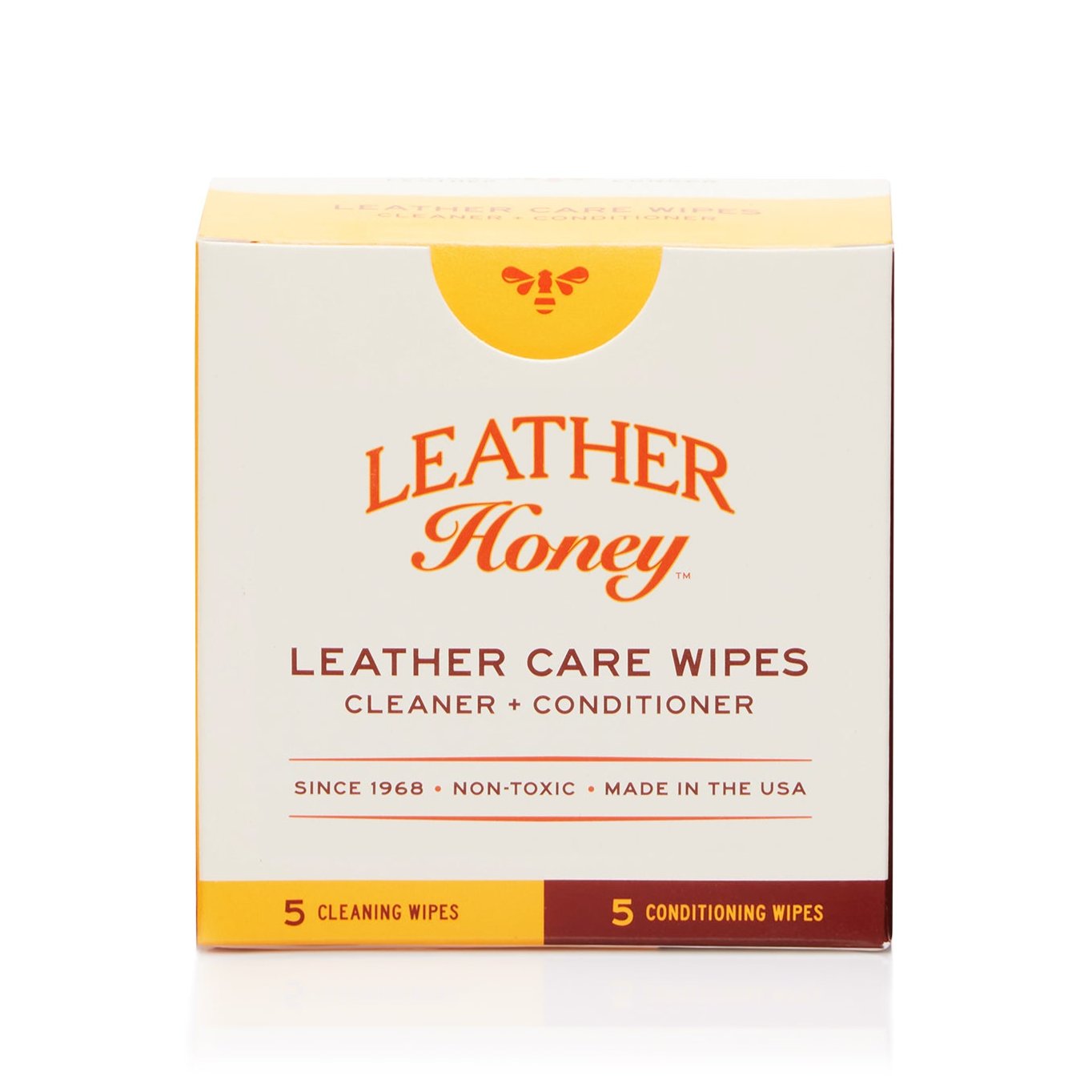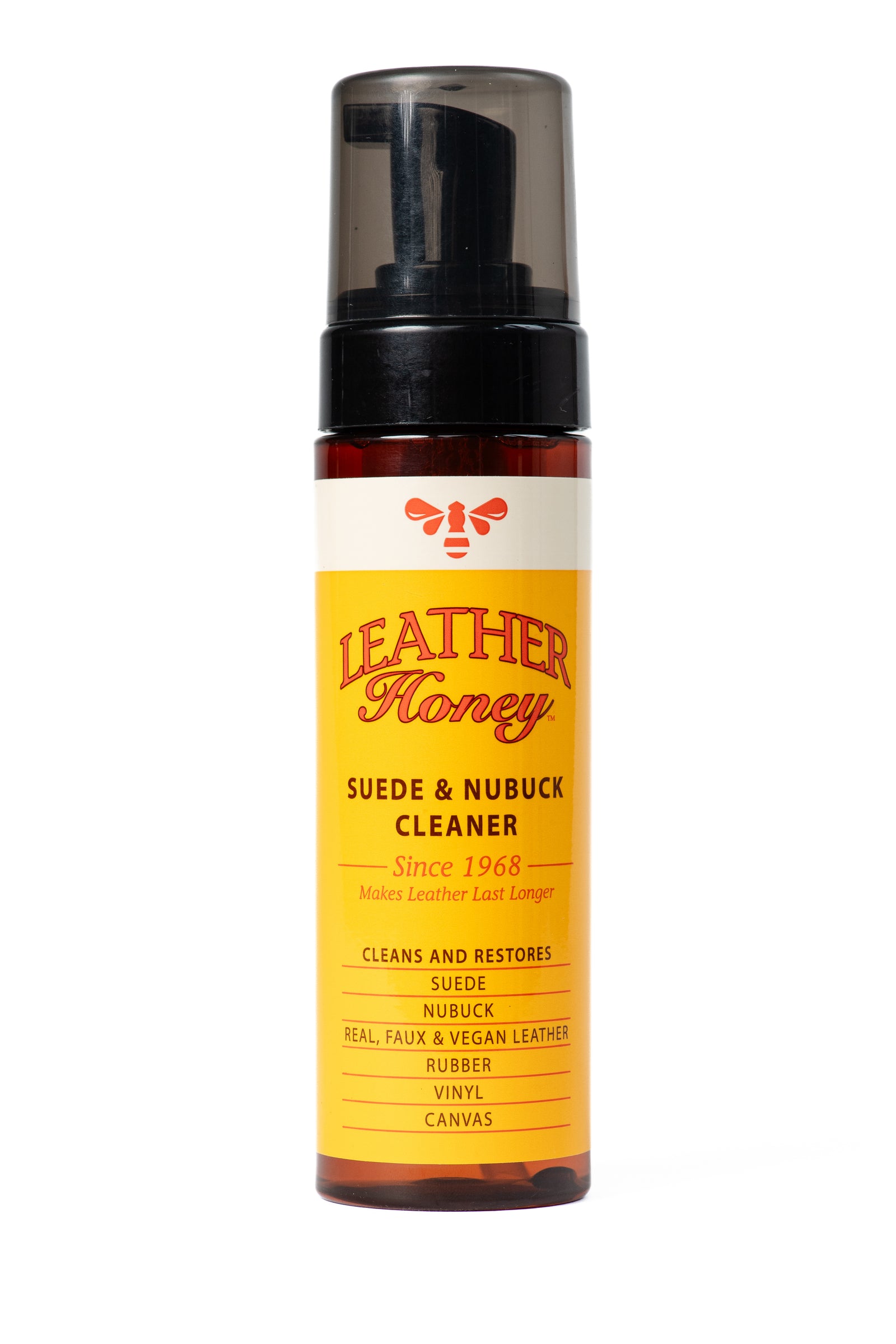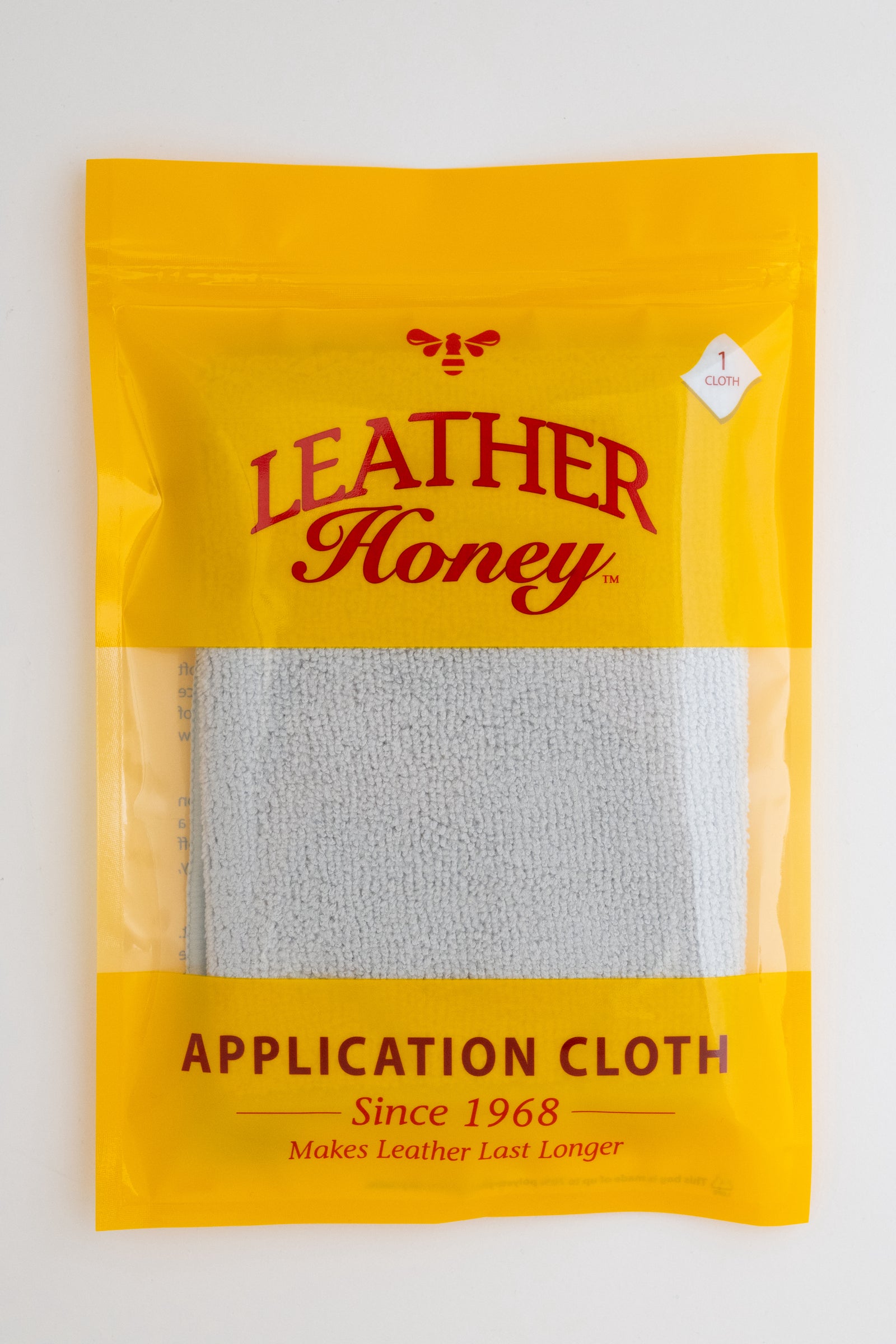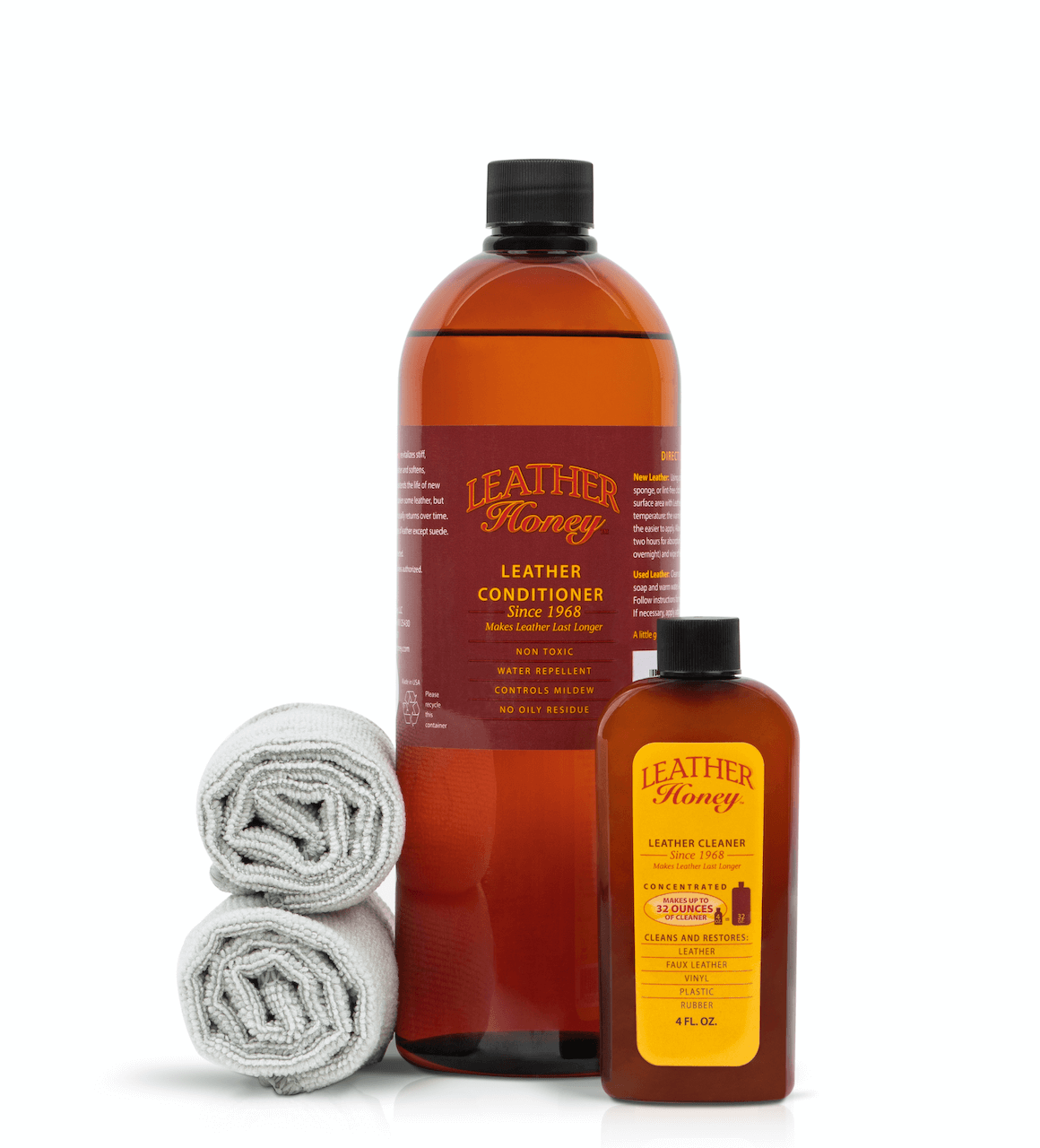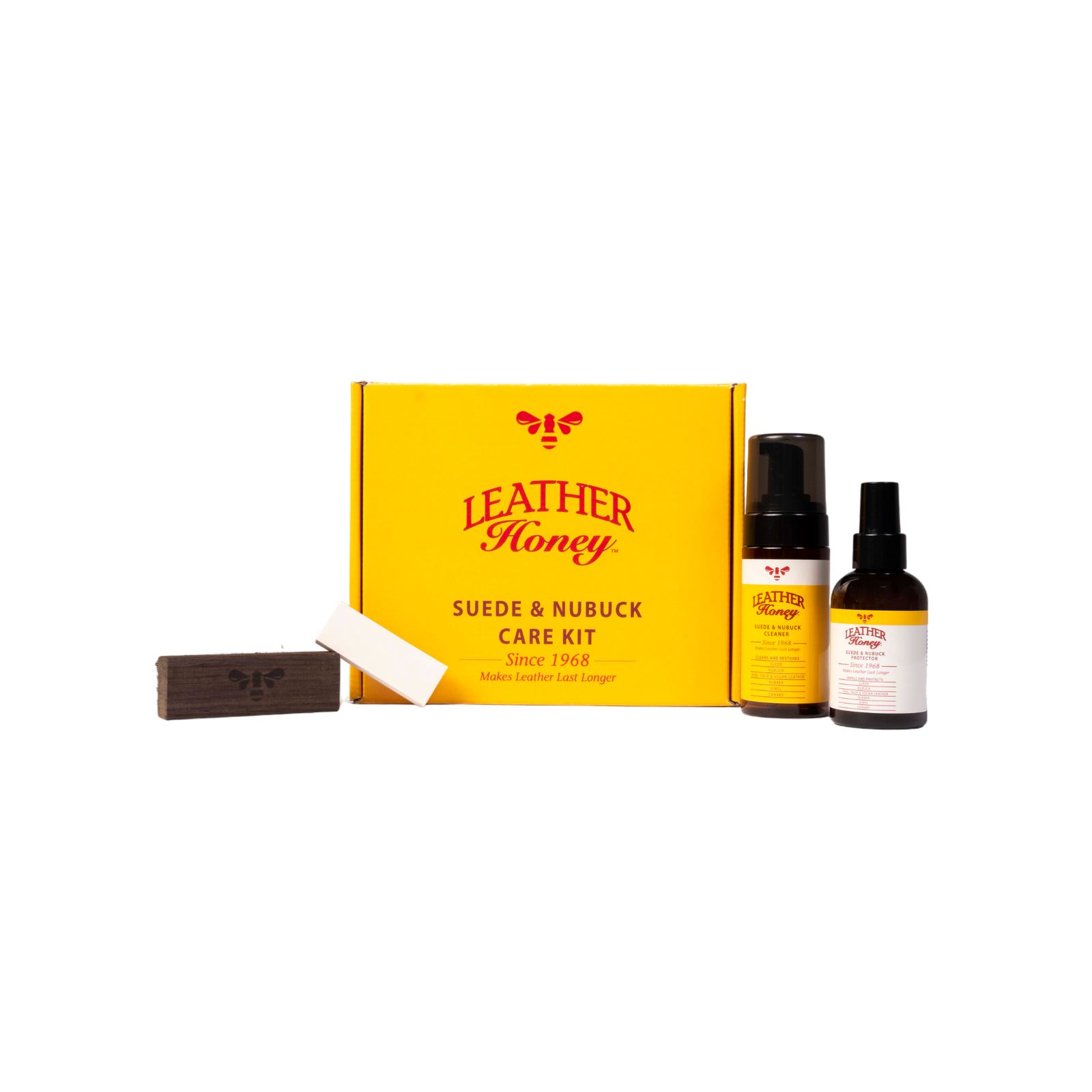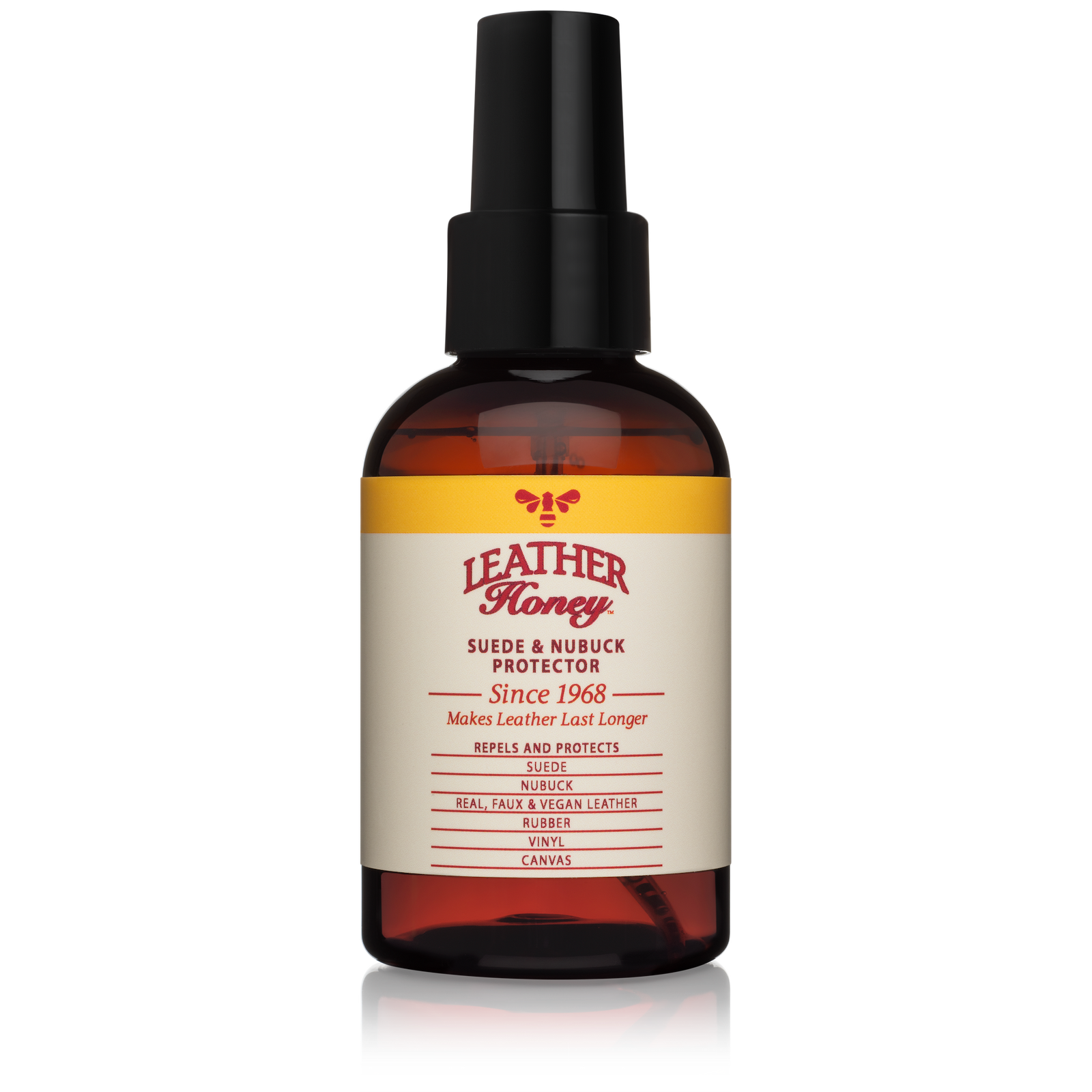If you have leather items that you want to keep looking new, you need to clean them regularly. Leather is a delicate product that requires careful cleaning methods. We generally recommend cleaning your leather every six to eight weeks to maintain its look and feel and prevent dirt and grime from building up. In between, you should clean stains and spills on your leather as needed.
Below are six tips for cleaning leather.
1. Understand what type of leather you have
Leather is a natural material and varies widely, so it’s important to know what type of leather you have and what the manufacturer's instructions are for that leather. However, most leather can be cleaned using the same process, with one major exception: Suede, which often requires cleaning with a suede brush or consulting a professional.
2. Get to stains as quickly as possible
Leather is a very absorbent material in many cases, unless it has been coated with a protective barrier. The sooner you can get to any potential stain, the better — letting a stain linger increases the odds that it will be difficult to remove. In some cases, that may mean giving your leather items a once-over every so often to make sure they don’t need immediate cleaning.
3. Remove loose dirt and dust
Before using a cleaning product, you’ll want to remove any dirt and dust from the surface of the leather, with a soft cloth or a vacuum. This is especially important with leather car seats, leather couches or chairs, which tend to accumulate bits of dirt in the cracks and crevices. It’s also crucial with leather shoes and boots, which may get muddy or dirty. Gently dust any loose dirt away before cleaning the leather thoroughly.
4. Spot test your leather cleaner in a discreet area
As mentioned previously, leather can vary widely, and it’s wise to spot test any product you plan to apply to your leather in a discreet area before using. This is true even if you’re cleaning with a product that is suitable for all types and colors of leather, like Leather Honey Leather Cleaner. Spot testing involves finding a hidden section of the item, applying a bit of the leather cleaner and then allowing it to dry so you can fully preview the effects. The underside or back of a couch cushion, the inside of a jacket color and the inside seam of a purse are all good suggestions for where to spot test.
5. Gently wipe down your leather with leather cleaner
You have a few options here: One is to put your leather cleaner in a spray bottle and lightly spray down your leather, then follow with a lint-free cloth to lift dirt. The other is to dip a lint-free cloth into your leather cleaner, then use the moist cloth to wipe down and clean the leather. In most cases, you should not have to scrub — gently wiping the leather will remove most dirt and grime. If you have set stains that aren’t lifting, you may need to clean a few times to get rid of the toughest spots, but you should still use a gentle hand – scrubbing can remove the dye in the leather or damage the leather’s finish.
6. Condition to protect your leather
After cleaning the leather, let it dry fully before conditioning. Once your leather is completely dry, you’re ready to protect and soften it with a leather conditioner, which will help preserve the leather and prevent future stains. Apply Leather Honey Leather Conditioner to a lint-free application cloth and then rub a thin, even coat into your leather. One note: Unlike other leather conditioners, Leather Honey Leather Conditioner only needs to be applied every six months, so you don’t need to condition after every single cleaning.
More to Know About How to Clean Leather
Some common questions people have about cleaning leather.
What is the best thing to clean leather with?
The best thing to clean leather with is a premade leather cleaner, like Leather Honey Leather Cleaner.
Can I use Dawn to wash leather?
You should not use Dawn to wash leather. Dawn contains harsh chemicals that will ruin leather.
What should you not use to wash leather?
Avoid chemicals like Dawn, vinegar and other household items when cleaning leather.


